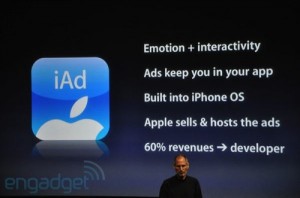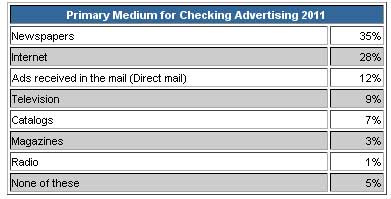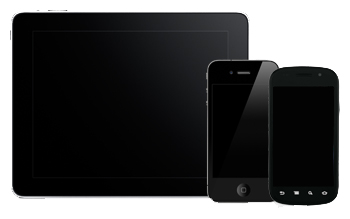Google has launched two styles of product ads for mobile that have previously been available for the desktop: product extension ads and product local ads.
“Product Extension Ads enable you to easily display relevant product images and details directly in your mobile search ads,” explains Google Mobile Product ads Surojit Chatterjee. “Since many mobile users are searching for product information while they are in a store or on the go, including this type of information in your ads can help you stand out by highlighting the products you carry and help drive mobile conversions for specific products on your site. Product Extension Ads are enabled by linking your Google Merchant Center account to your AdWords campaign. When your mobile search ad appears, and your Google Merchant Center account contains products that are relevant to the searcher’s query, Product Extensions show the product images, titles, and prices of your products in a plusbox under your ad.”
“An enhancement to Product Extension Ads, Product Local Ads show the actual availability of products in local stores along with the product image and price all within the mobile ad,” added Chatterjee. “This ad format takes advantage of one of the things that makes mobile uniquely powerful, the phone’s greater location aware capabilities. That’s why we’re especially excited to bring Product Local Ads to mobile where location is even more relevant to user’s searches. Now advertisers can better show what they have in-stock to users who are nearby and ready to buy their products. With the same Smartphone User Study showing that 54% of smartphone shoppers use their phones to locate a retailer and 34% search for a store’s product inventory, Product Local Ads help mobile shoppers complete their goals and can drive more in-store purchases.”
The Product Local ads can be shown based on location signals, which include local search queries and device location (when users have opted into share it). They require the advertiser to submit their local product inventory through the Google Merchant Center.
According to Google, 79% of smartphone users use their phones to help with shopping activities, such as finding more product info, comparing prices or locating a retailer.


















